Invoice finance is a popular form of funding for businesses of all sizes. It provides a quick and convenient way for businesses to access the funds they need to operate and grow. However, if you’re new to invoice finance, you may be wondering what it is, how it works, and what the benefits and drawbacks are. In this beginner’s guide, we’ll answer these questions and provide you with the ins and outs of invoice finance.
What is Invoice Finance?
Invoice finance is a type of funding that allows businesses to access cash quickly by using their outstanding invoices as collateral. Instead of waiting for customers to pay their invoices, businesses can sell them to a lender, who will advance them a percentage of the invoice value upfront. Once the customer pays the invoice, the lender will release the remaining funds, minus their fee.
How Does Invoice Finance Work?
There are two main types of invoice finance: factoring and discounting.
Factoring involves selling the entire value of the invoice to the lender, who takes over responsibility for collecting payment from the customer. The lender will typically advance the business 80-90% of the invoice value upfront and the remaining amount, minus their fee, once the customer pays.
Discounting involves borrowing against the value of the invoice, rather than selling it outright. The business retains responsibility for collecting payment from the customer and the lender will typically advance the business 80-90% of the invoice value upfront. Once the customer pays, the business repays the loan, plus the lender’s fee.
What Are the Benefits of Invoice Finance?
Invoice finance offers several benefits to businesses:
- Quick and Convenient: Invoice finance provides businesses with quick and convenient access to funds, without the need for a lengthy application process or collateral.
- Flexible: Invoice finance can be tailored to the needs of the business, with options for factoring or discounting, as well as the ability to finance all or some of their invoices.
- Improves Cash Flow: Invoice finance can improve a business’s cash flow by providing them with funds upfront, rather than waiting for customers to pay their invoices.
- No Debt: Invoice finance is not a loan, so businesses do not incur any debt.
What Are the Drawbacks of Invoice Finance?
While invoice finance can be a valuable tool for businesses, there are also some drawbacks to consider:
- Cost: Invoice finance can be more expensive than other forms of funding, with fees ranging from 1-5% of the invoice value.
- Risk of Default: If the customer does not pay their invoice, the business may still be liable to repay the lender.
- Impact on Customer Relationships: Factoring involves the lender taking over responsibility for collecting payment from the customer, which can impact the business’s relationship with their customer.
Invoice finance is a popular form of funding for businesses of all sizes. It provides businesses with quick and convenient access to funds, without the need for collateral or a lengthy application process. However, there are also drawbacks to consider, such as the cost and the risk of default. By understanding the ins and outs of invoice finance, businesses can make informed decisions about their funding options and use invoice finance to their advantage.
Get in touch with us at Funding Bay for your invoice financing needs.
Check out our invoice finance calculator.



